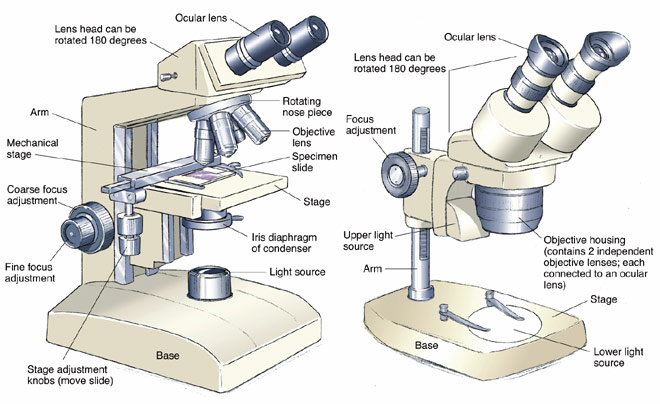Trials
Well-known member
The most useful microscope for regular household use is a relatively low powered stereo microscope. (typically less than 50 times magnification) Great for working on small parts, looking at bugs and plants, gems, pulling slivers out of your fingers and the such, not powerful enough to view things at a cellular level or even close to it, but you also don't need to get involved in preparing slides, staining and highly specialized light sources, unless you want to.I've always wanted a good microscope even though I have no idea what constitutes "Good"...
Typically looks something like the one on the right in this pic:

You can buy some really economical USB video based devices that have similar magnification to an optical stereo microscope, but they don't feature the depth of field and large stereo view working distance that an optical base unit has, they are entertaining and great for some applications but generally not very practical for operating on something at the same time as viewing it.
If you want to identify the presence of extremely small specimens like live E.Coli micro organisms in water samples, you would need a compound microscope something like the one on the left and magnification power approaching 1000 times magnification, plus specialized lighting such as Phase Contrast or DIC (Direct Interference Contrast) would be best for viewing live (unstained) subjects.
To view single E.Coli with any significant feature detail would require magnification in the realm of 6000 times and much greater which is now in the realm of electron microscopy. Those are only used in research and cost tremendous money to own and to operate. They are also something you will need to mount on bedrock so there is virtually zero vibration.















